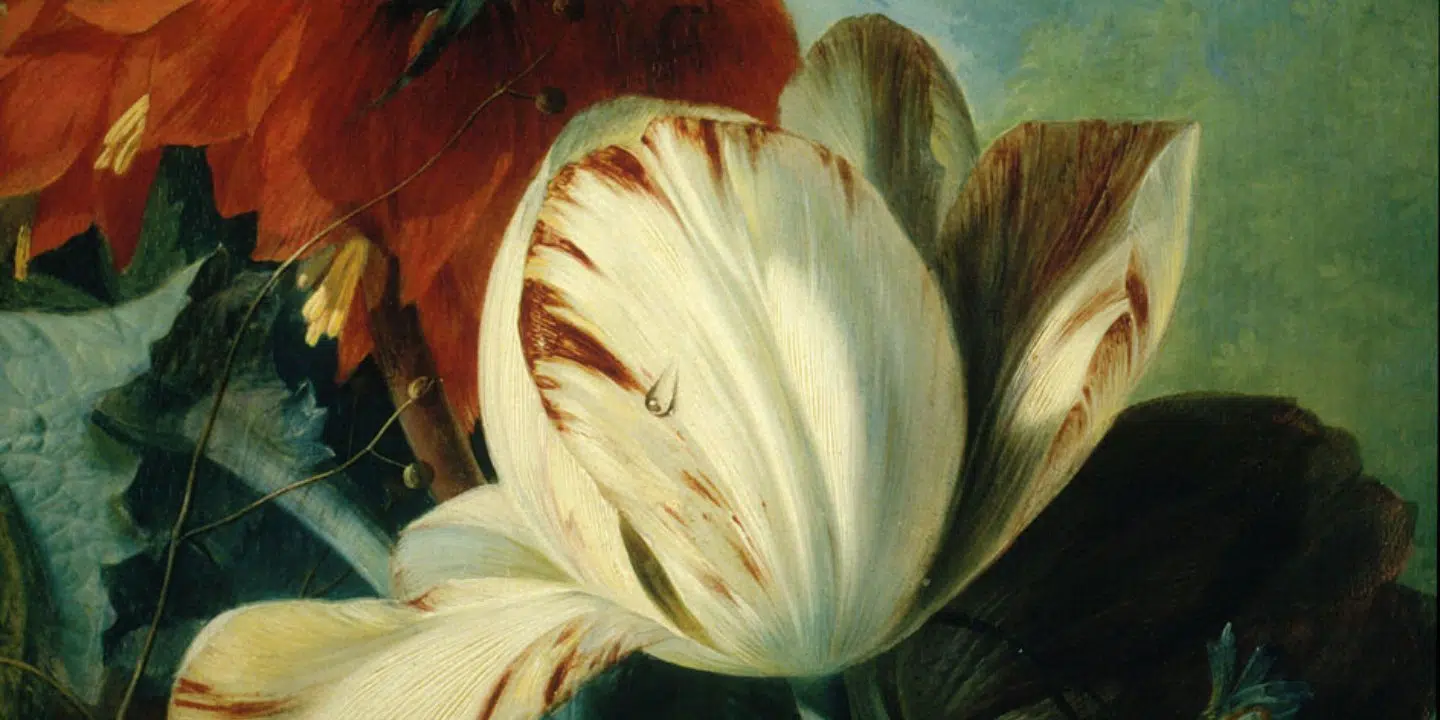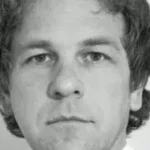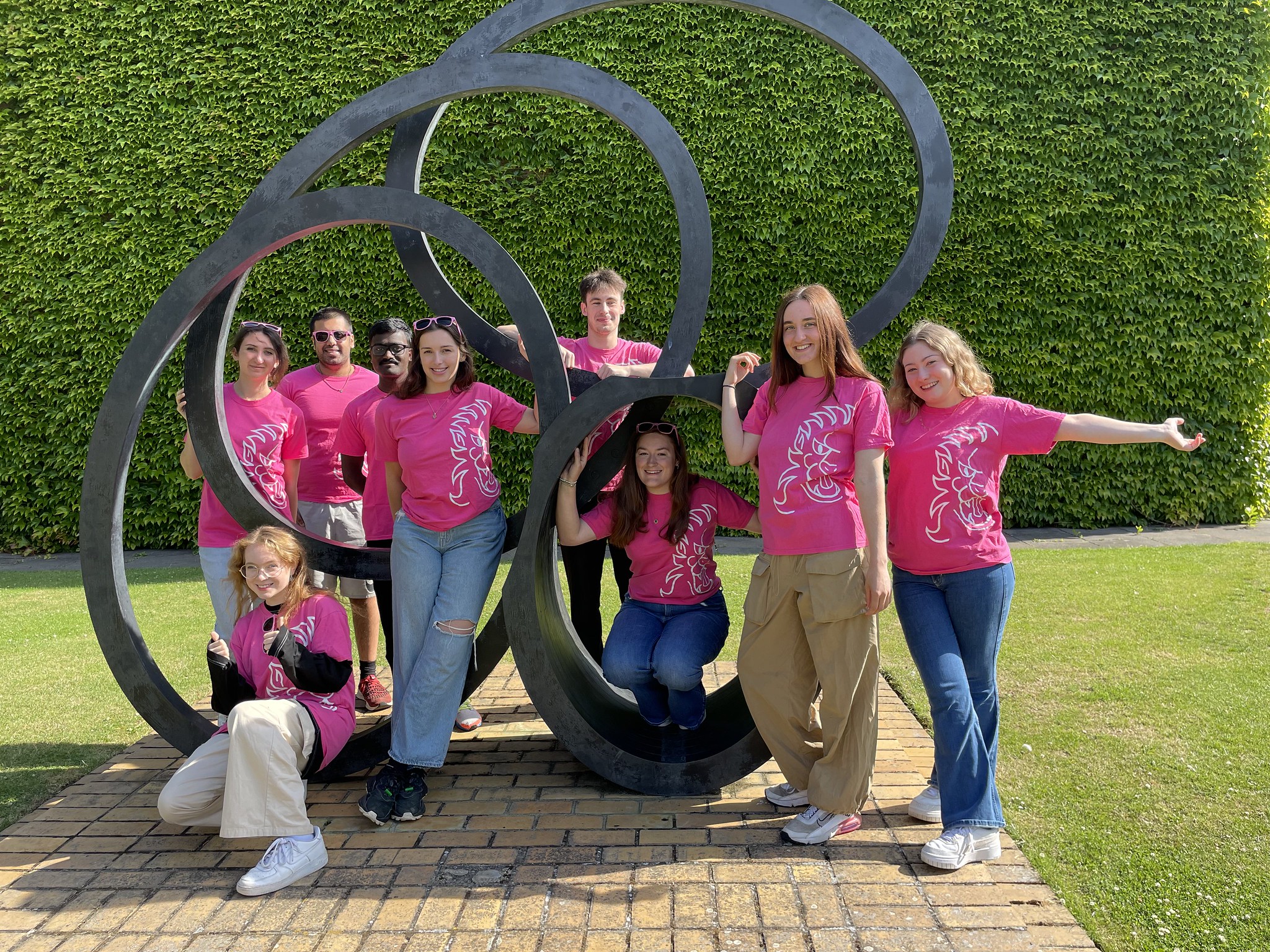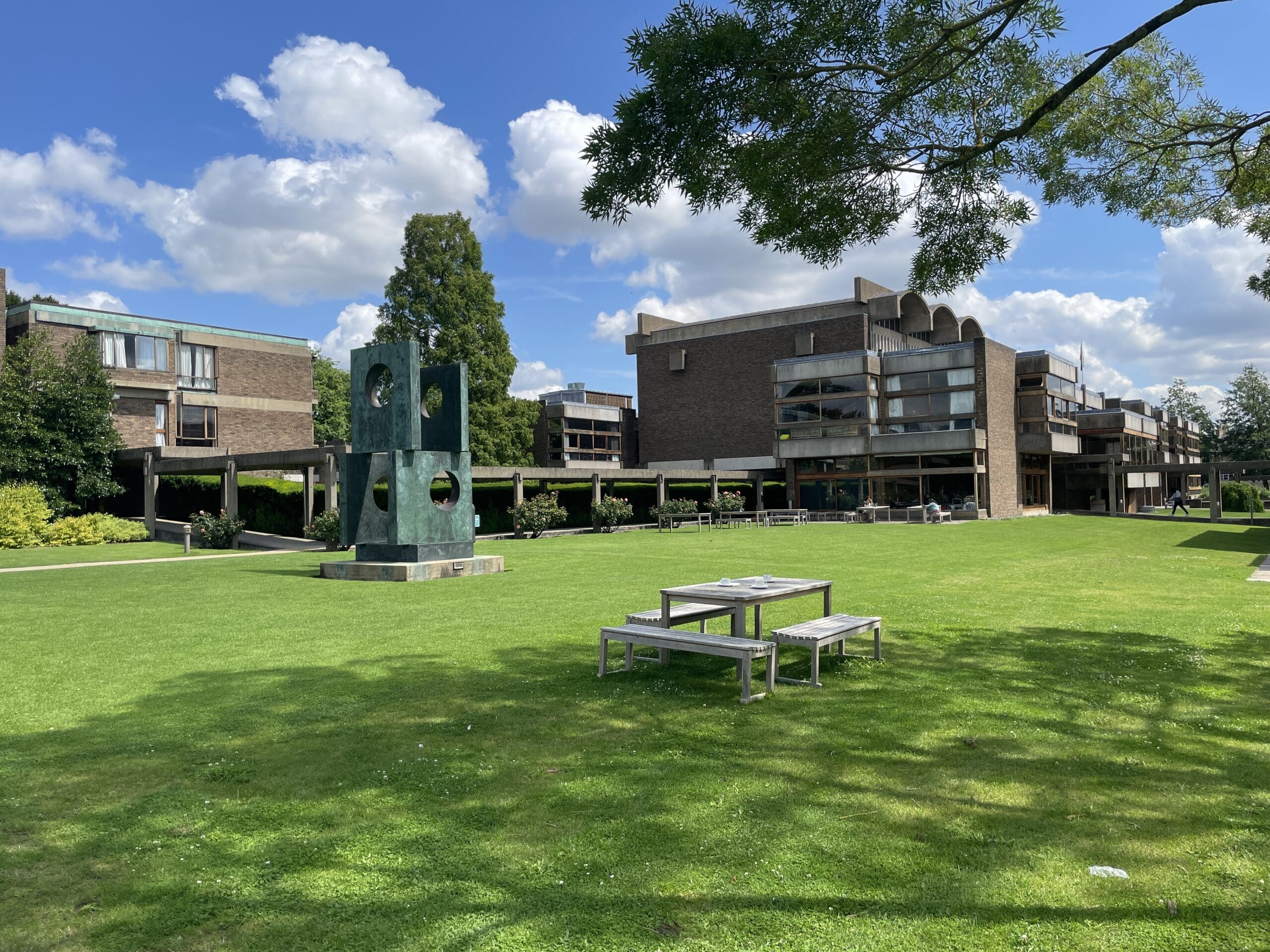
History of Art
If you regularly visit art exhibitions and galleries, if you look critically at buildings, or if you make art yourself and wonder why and how other artists have made it, then History of Art may well be the most stimulating subject for you at Churchill. For those interested in the modern period, Churchill has modern architecture and collections of modern sculptures, painting, prints, and stained glass. It is also close to Kettle’s Yard (the University’s modern gallery) and The Women’s Art Collection at Murray Edwards College. The collection of the Fitzwilliam Museum includes over half a million artworks dating back to 2500BC and is a valuable resource for History of Art students in Cambridge.
Entry Requirements
Course-specific information, including the University’s minimum offer level, can be found by selecting your course from the University’s Course List then looking at the “Entry Requirements” tab. The University’s Entrance Requirements and International Entry Requirements webpages may contain guidance relevant to you too.
At Churchill, we want to admit undergraduates who will thrive during their time here, so – in their interests – we tend to set conditional offers in line with the typical attainment of Cambridge entrants, by course. On average, this allows us to make a relatively generous number of offers per place, but it also means that our requirements are usually a little more rigorous than the University’s minimum offer level.
You can learn more about the academic profiles of Churchill entrants and our approach to setting conditional offers on our undergraduate applications page.
Admissions assessment
Churchill does not use a written assessment in History of Art.
Submitted work
f you apply to Churchill, we’ll ask you to submit two examples of teacher-marked written work. These should be taken from your present or most recent studies, and should not be re-written or corrected for your Cambridge application. Ideally, each piece should be 1500 to 2000 words in length, and – where possible – we prefer essays on Art History, History, or English.
Interview
The role of academic interviews in Churchill’s admissions process is explained on our interviews page. We are looking for students with intelligence, motivation, visual sensitivity, and general intellectual interests.
Director of Studies

Mr Barry Phipps
Studying History of Art at Churchill College
Cambridge is one of the best places in the world to study History of Art. The city and University are home to fantastic collections of the finest art and architecture from the Middle Ages to the twenty-first century. Cambridge has a host of museums, some of the country’s greatest libraries, and internationally renowned and dedicated academic staff to guide your studies.
Teaching draws substantially on the outstanding collections of art and architecture in museums and Colleges, and is directed particularly at developing a critical eye and a sense of visual history. The University also has several student art societies, and a life-class is held weekly in the Faculty of Architecture and History of Art.
Weekly supervisions will give you the unique opportunity to put forward your point of view, and to receive feedback on your work from a specialist. Seminars are particularly important in providing encounters with works of art throughout Cambridge’s museums and colleges.
Full course details are provided on the Department’s Prospective Undergraduates webpage and the University’s Undergraduate Study webpage.
You may also be interested in:



